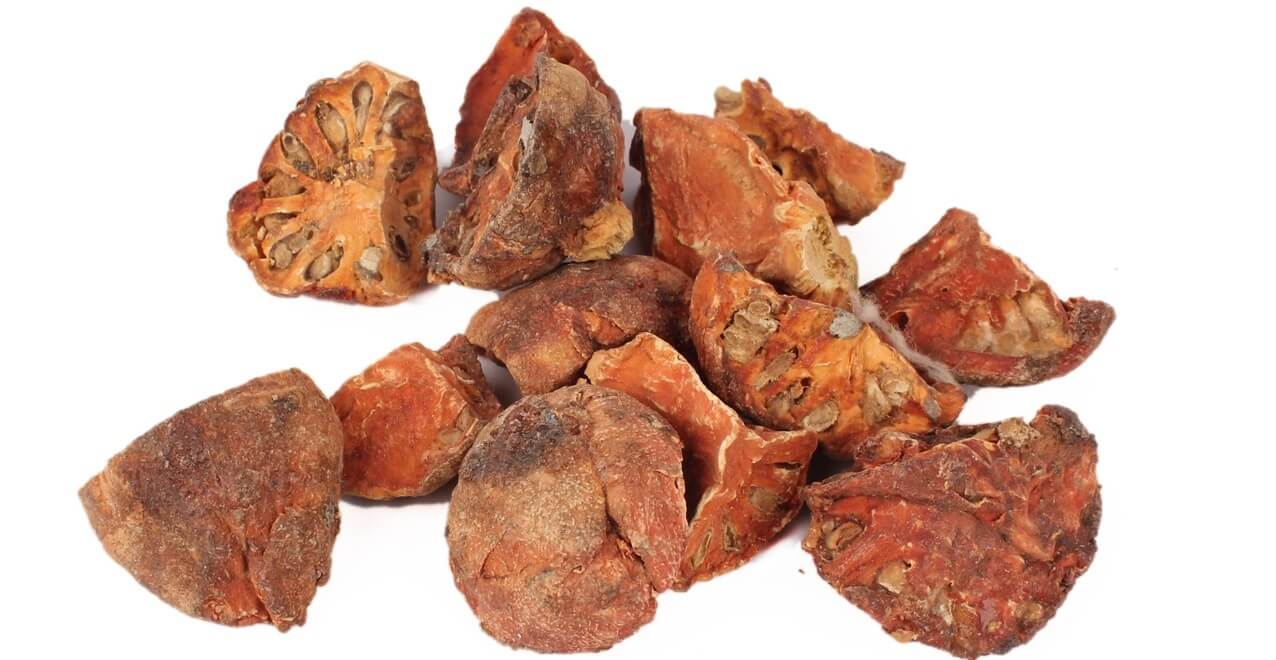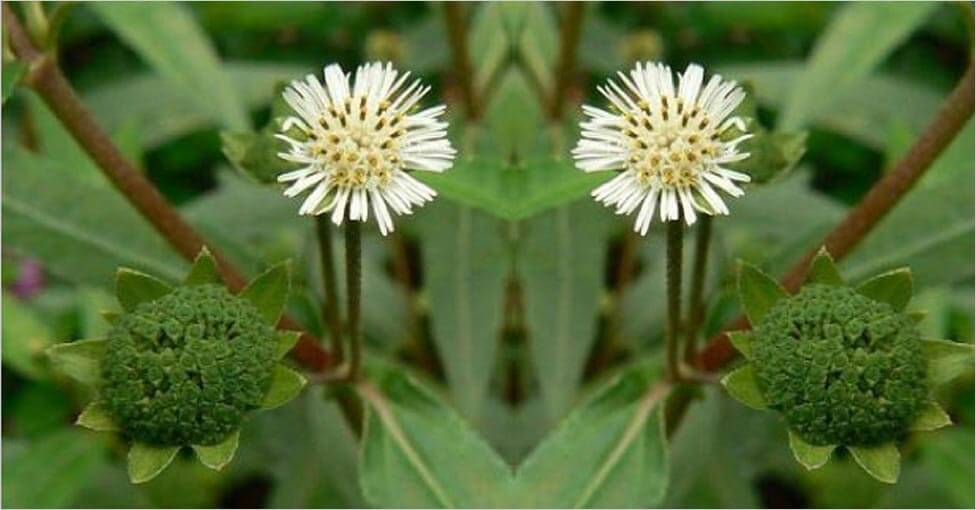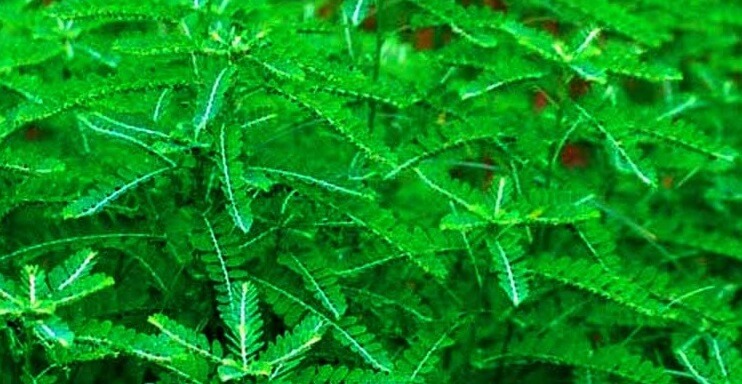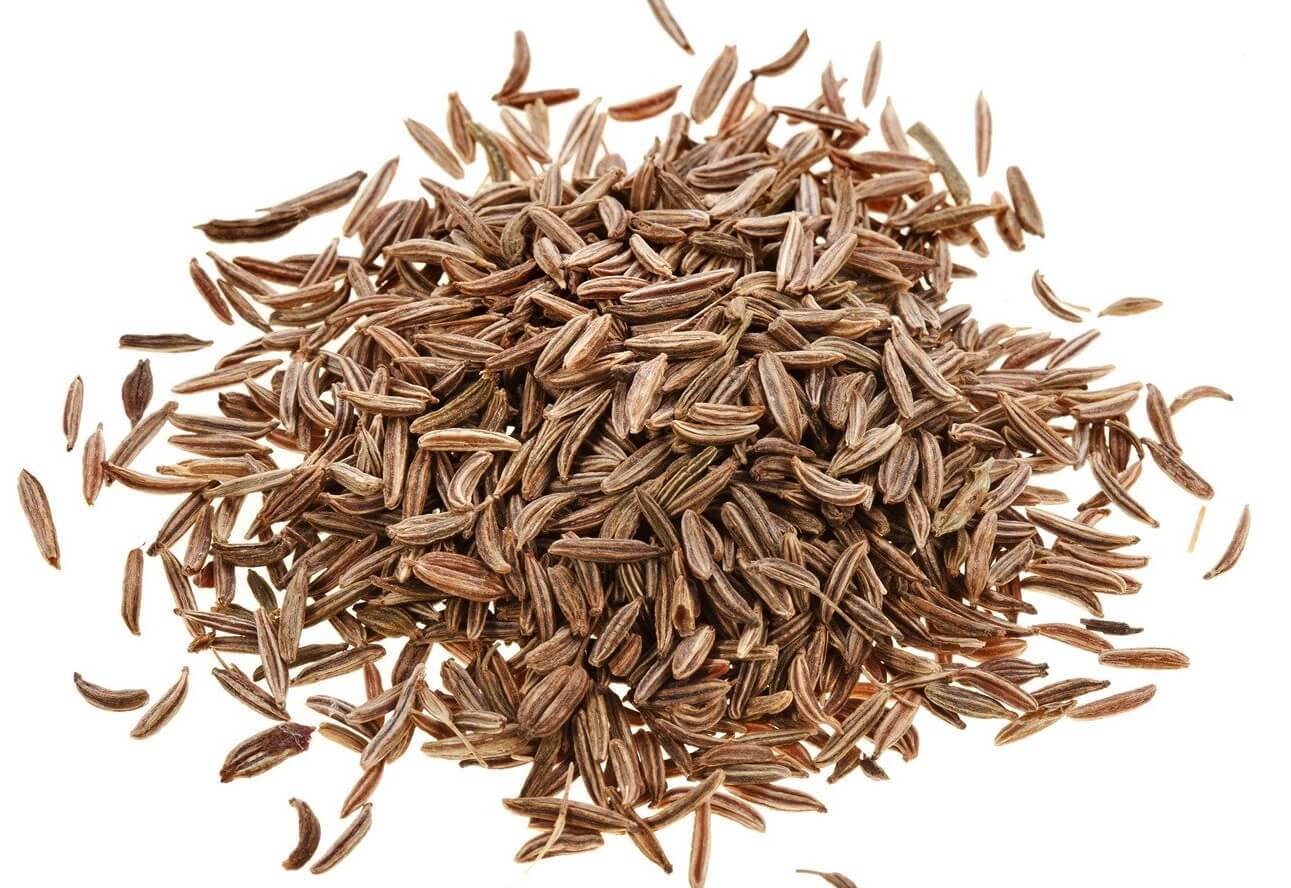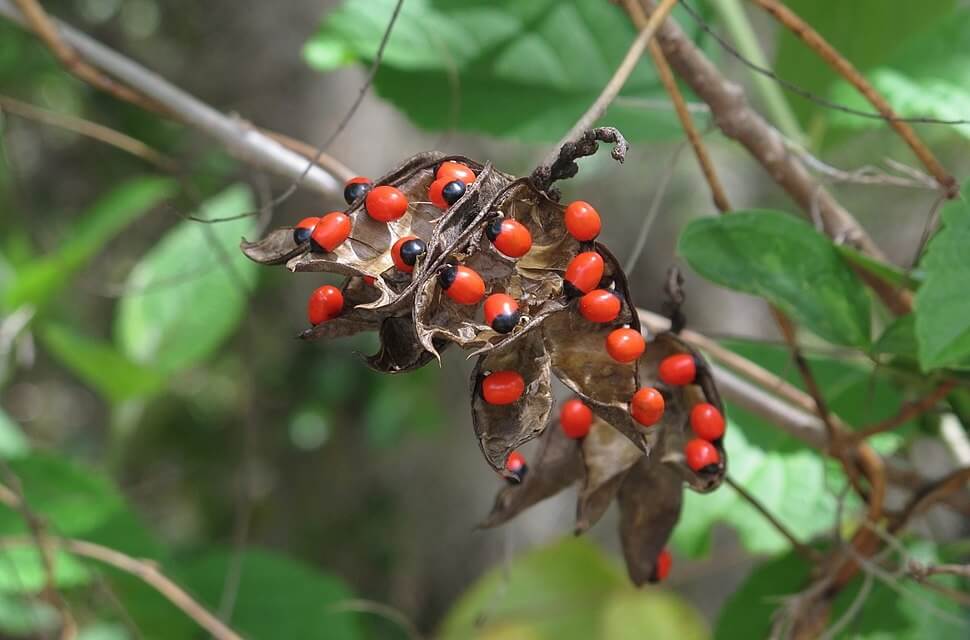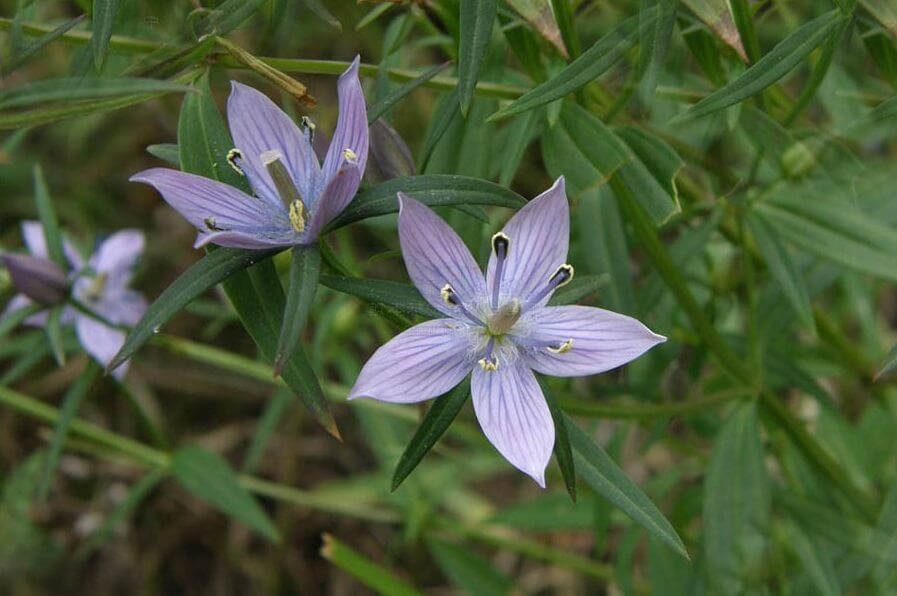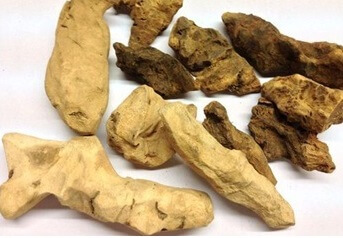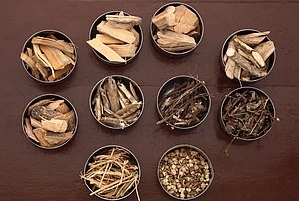Herbs
Belgiri (Aegle Marmelos)
Aegle marmelos L., commonly known as bael (or bili or bhel), also Bengal quince, golden apple, Japanese bitter orange, stone apple or wood apple is a species of tree native to the Indian subcontinent. The fruits can be eaten either fresh from trees or after being dried and produced into candy, toffee, pulp powder or nectar. One large bael fruit may yield five or six liters of sharbat. If the fruit is to be dried, it is usually sliced and sun-dried.
Bhringraj (Eclipta Prostrata)
Eclipta prostrata commonly known as false daisy, yerba de tago, and bhringraj, is a species of plant in the sunflower family. It is widespread across much of the world. This species grows commonly in moist places in warm temperate to tropical areas. The plant has traditional uses in Ayurveda. It is bitter, hot, sharp, and dry in taste. Bhrungraja are literally translated as King of Hair.
Bhumi Amla (Phyllanthus Niruri)
Since time immemorial, Bhumi Amla has been used as a medicinal plant. It is an annual herb and as a whole used in various treatments. It is famous for its anti-viral activities across the world. It has been seen growing in coastal areas. It cures inflammation of the liver. It gives relief from jaundice, dyspepsia, ulcers, wounds, chronic dysentery, diabetes, dropsy and menorrhagia. A paste of Bhumi Amla plant can be used to get relief from swelling of breasts.The juice of the leaves can be used for abdominal pain.
Caraway Seeds
Caraway seeds are essentially the same as cumin or fennel, though some places argue that they are not the same thing. Caraway Seeds health benefits includes promoting production of breast milk, tempering allergic reactions, fighting bacteria, preventing intestinal worms, relieving spasms, relieving cough and reducing high blood pressure. Other benefits includes stimulating appetite, reducing stress and fatigue, promoting eye health, keeping skin healthy, an excellent source of fiber, enhancing and promoting good sleep, and promoting cardiovascular health.
Chanothi Red (Abrus Precatorius)
Abrus precatorius, known commonly as jequirity, Crab's eye, or crab's eye creeper, cock's eyes, rosary pea, paternoster pea, love pea, precatory pea or bean, prayer bead, John Crow Bead, coral bead, red-bead vine, country licorice, Indian licorice, wild licorice, Jamaica wild licorice, Akar Saga, coondrimany, gidee gidee, Jumbie bead ratti/rettee/retty, or weather plant, is a slender, perennial climber that twines around trees, shrubs, and hedges. It is a legume with long, pinnate-leafleted leaves. Abrus precatorius is a poisonous herb used in Ayurvedic medicines after detoxifyingprocess. Its seeds and roots are used in treating hair fall, arthritis pain, as anaphrodisiac and more.
Chavya (Balinese Long Pepper)
Chavya is classified as one of the Panchakola group of species. Chavya grows on trunks in humid tropical deciduous forests and also along beaches. It is a soft woody climber and perennial herb. Varieties of this herb taste hot, pungent and sweet at the same time. It is a very good digestive supporter and liver protecting herb. The herb helps in regulating bile juice secretions from liver and digestive juices. It corrects the tissue metabolism, relives haemorrhoids and fistula. It helps in healthy weight control and relieving rheumatic conditions. Plant parts of Chavya are useful in relieving abdominal pain, colic pain in infants, food poisoning and anorexia.
Chirata Nepali
Other names: Bitter Stick, Bitterstick, Chirayta, Chiretta, Chirette, Chirette des Indes, East Indian Balmony, Genciana de la India, Gentiana chirata, Gentiana chirayita, Indian Bolonong, Indian Gentian, Kairata, Kirata, Swertia chirata, Swertia chirayita, Yin Du Zhang Ya Cai. Chirata is an herb. People use the parts that grow above the ground to make medicine. Chirata is used for fever, constipation, upset stomach, loss of appetite, intestinal worms, skin diseases, and cancer. Some people use it as “a bitter tonic.” In India, it has been used for malaria, when combined with the seeds of divi-divi (Guilandina bonducella).
Chopchini
Chopchini or China root is widely used in Ayurveda for its corrective working on the digestive system. It is also considered to support the urinary system which helps in elimination of toxins from the body. Chopchini is said to correct the metabolism, thus benefitting in metabolic disorders like weight gain, rheumatic conditions and others. Chopchini Powder Helpful in calming down the agitated mind which makes it useful in insanity and seizure problem. It is one of the best anti hyperuricaemic and kidney protecting Ayurveda herb. Chopchinipossesses anti-inflammatory and anti-microbial properties. It is a good anti diabetic Ayurveda herb; it helps in maintaining blood sugar in healthy limits as well as preventing diabetic complications.
Dashmool (Dashamoola or Dashamula)
Dashmool (also spelled as Dashamoola, Dashamula & Dashamul) is a name given to ten roots of certain plants listed in ingredient section below. The combination of these ten roots is used widely in Ayurveda for many health conditions related to nerves, muscles, bones and joints. It has potent anti-inflammatory, antioxidant and moderate analgesic actions. It is a part of several ayurvedic medicines and alone used for pain disorders and inflammatory diseases related to a musculoskeletal system including osteoarthritis, gouty arthritis, and rheumatoid arthritis etc.

